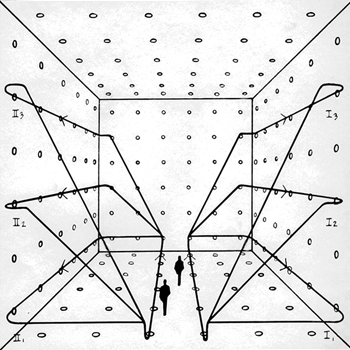Question #85af2
1 Answer
Explanation:
In terms of actually understanding, I find it is easier to look at the reverse process first, namely differentiation. We know for example that, for some constant
(Incidentally, this follows from the more general conclusion that:
It follows from integrating
Or, by realising that in the red term the integration and differentiation "cancel out" (by the Fundamental Theorem of Calculus), and then reversing the order:
Or, moving the constant across:
Then, adding a new constant
So with
That's all rather mechanical and somewhat dry, but I think it might help find a way of doing these that doesn't involve much memory.

